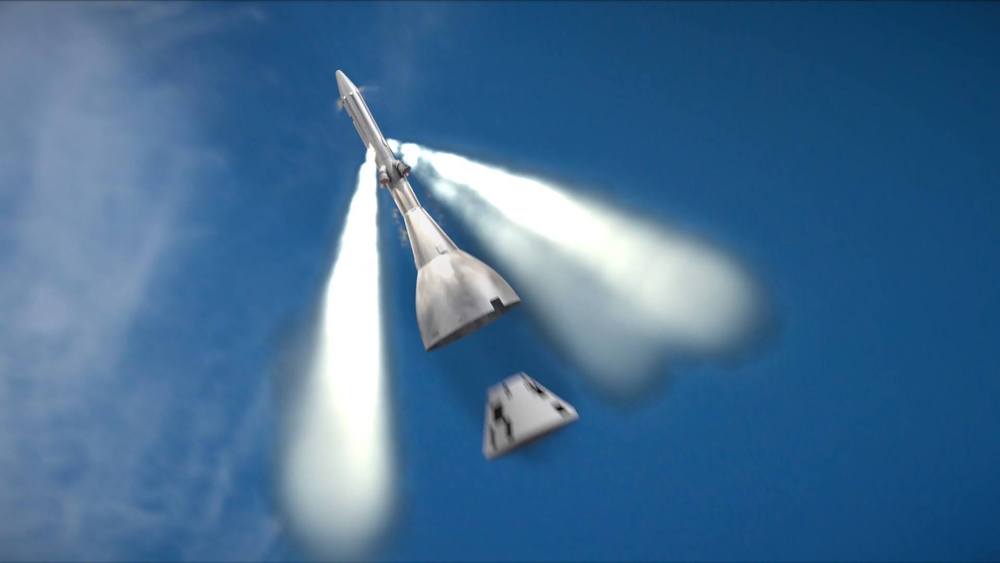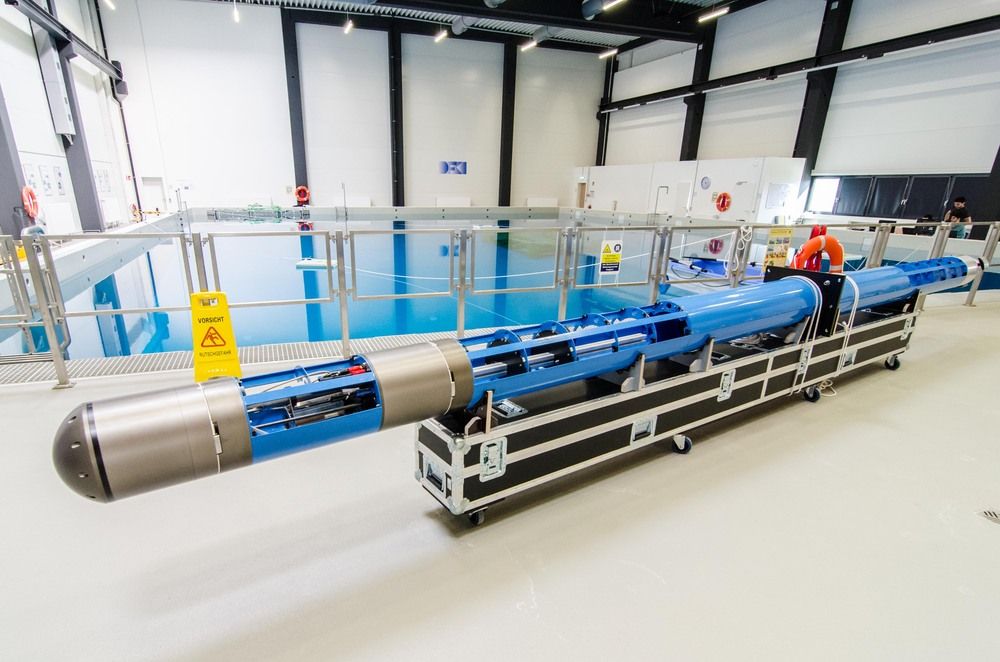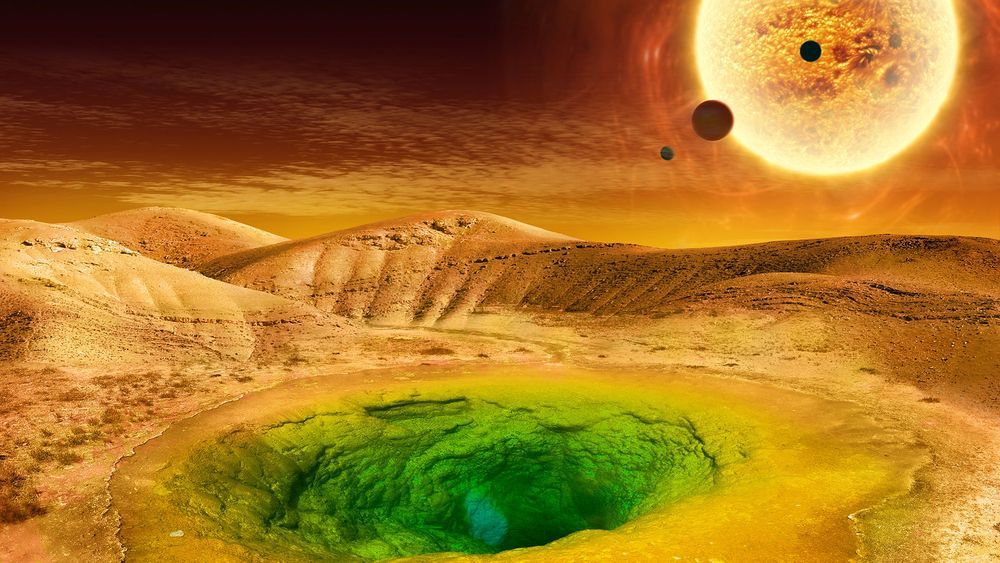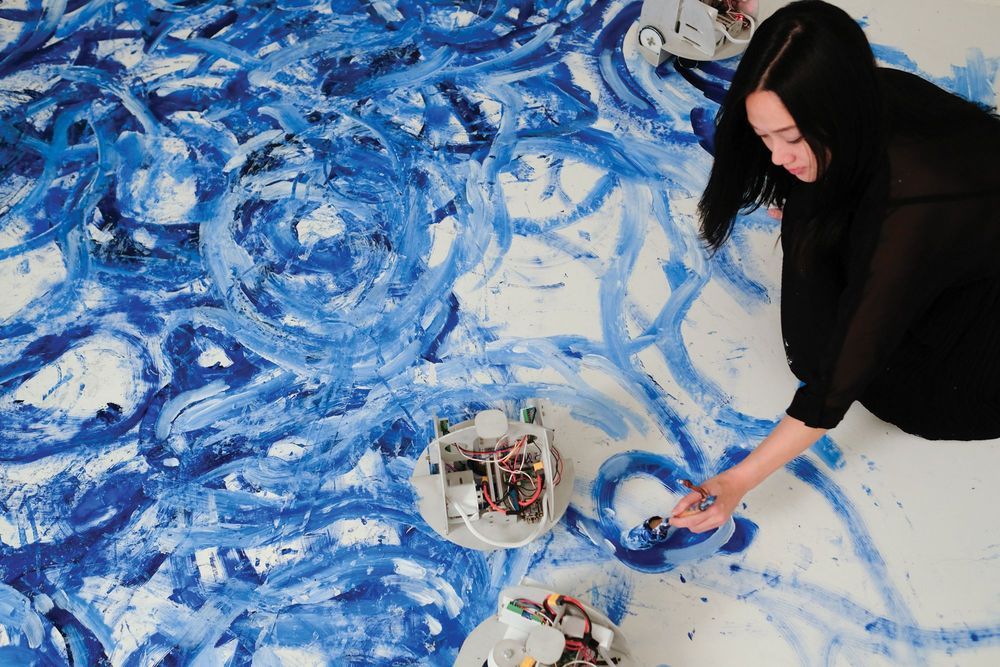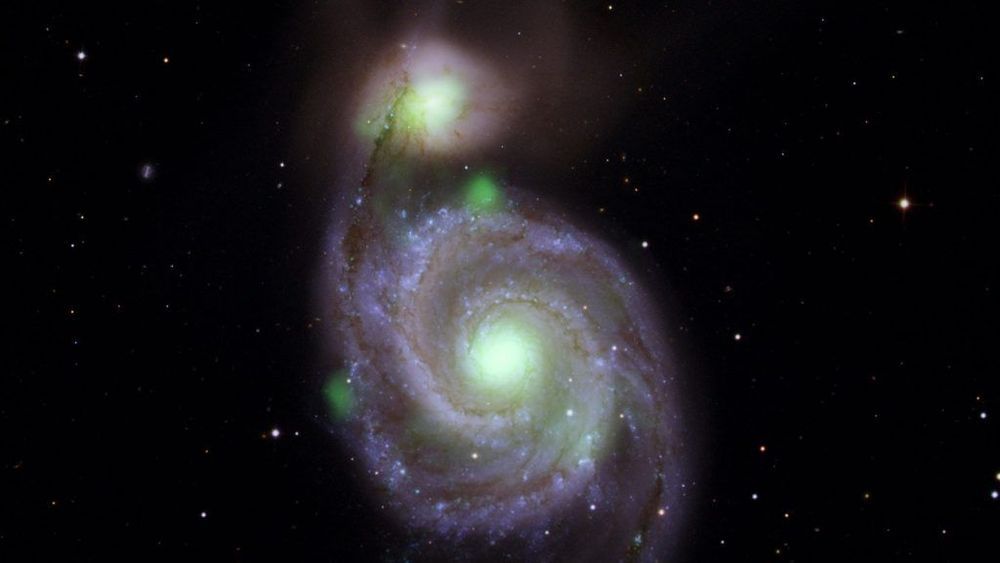Page 9408
Feb 22, 2019
IceShuttle Teredo
Posted by Klaus Baldauf in categories: robotics/AI, space, transportation
An ice-penetrating robotic system to transport an exploration AUV.
TheTeredo IceShuttle is a robotic probe which is capable to transport a payload through an ice-shield towards an environment located beneath the ice. The System is developed in context of the project Europa-Explore r. For that project, a set of robots are developed to model the exploration of the hypothesized ocean on Jupiters icy moon Europa by an analog mission on earth. Within the scenario the IceShuttle transports an autonomous underwater vehicle (AUV) as its payload. (image below)
Feb 22, 2019
New NASA Team Tackles Next Challenges in Detecting Life Beyond Earth
Posted by James Christian Smith in category: space
The question, “Are we alone?” has been a subject of speculation for centuries. The answer may soon lie within the grasp of science.
Decades of research have led scientists to look deeply into the nature of life itself — what it is, how it began on Earth, and what other worlds might also support it. A shift in focus is now emerging as scientists recognize that with a strategic push the possibility of detecting life beyond Earth could be on the horizon.
To support NASA’s growing emphasis on detecting life beyond Earth, NASA’s Ames Research Center in California’s Silicon Valley has established the Center for Life Detection Science. CLDS brings together a diverse group of researchers at Ames and NASA’s Goddard Space Flight Center in Greenbelt, Maryland to tackle the next set of challenges science must overcome to be able to one day detect life beyond Earth.
Continue reading “New NASA Team Tackles Next Challenges in Detecting Life Beyond Earth” »
Feb 22, 2019
A New Treatment Can Relieve Food Allergies, But Few Doctors Offer It
Posted by James Christian Smith in categories: biotech/medical, food, health
Because there’s not yet an FDA-approved version of this treatment, most medical providers don’t yet offer it. So most patients can get it only by enrolling in research studies, of which there have been dozens in recent years.
Patients Find Relief For Food Allergies In Oral Immunotherapy Treatment : Shots — Health News Many parents of kids with life-threatening food allergies live with fear, EpiPen in hand. Some are trying oral immunotherapy, a treatment that can help patients build tolerance to foods like peanuts.
Feb 22, 2019
Making New Drugs With a Dose of Artificial Intelligence
Posted by Derick Lee in categories: biotech/medical, robotics/AI
Universities and big pharmaceutical companies are unlikely to match those resources. But thanks to cloud computing services offered by Google and other tech giants, the price of computing power continues to drop. Dr. AlQuraishi urged the life-sciences community to shift more attention toward the kind of A.I. work practiced by DeepMind.
Researchers at DeepMind, owned by Google’s parent company, and other companies are applying their powerful A.I. systems to drug discovery research.
Feb 22, 2019
New Policies Needed to Advance Space Mining
Posted by Klaus Baldauf in categories: economics, space
By Ian Christensen, Ian Lange, George Sowers, Angel Abbud-Madrid, Morgan Bazilian
Space has long captured the human imagination—as a source of wonder, a place of discovery, a realm for aspirations. But increasingly, space is viewed as a frontier of economic opportunity as scientists, technologists, and entrepreneurs invest their ingenuity and wealth to bring the vastness of space within human grasp.
This economic development hinges on an ability to utilize what we term “space resources.” The resources in just the inner solar system are nearly infinite compared with those on Earth. For example, one large metallic asteroid such as 16 Psyche is thought to contain enough metals to last humans for millions of years at current consumption rates. And society has barely scratched the surface in harnessing the energy of the sun. Accessing space resources is increasingly important as the world confronts the finite nature of resources and the increasing environmental and social costs to develop them.
Feb 21, 2019
This Massive, Nightmare Bee Was Once Thought Extinct. Not Anymore
Posted by Jeffrey L. Lee in category: futurism
You’d think that the world’s biggest bee would be hard to lose track of. But Wallace’s Giant Bee — an Indonesian species with a 2.5-inch (6.4 centimeters) wingspan and enormous mandibles — was last seen by researchers in 1981; it was feared to be extinct. However, scientists finally spotted the rare bee in January, in the Indonesian province of North Maluku on the Maluku Islands. They detected a solitary female bee after investigating the region for five days, and a photographer captured the first-ever images of a living Wallace’s Giant Bee (Megachile pluto) at the insect’s nest in an active termite mound.
Wallace’s Giant Bee — the largest bee on Earth — hasn’t been seen for decades. However, scientists recently tracked it down on an island in Indonesia.
Feb 21, 2019
Here’s the Only Picture Ever Taken of Concorde Flying at Mach 2 (1,350 Mph) in April 1985
Posted by Mary Jain in categories: climatology, military
The only picture ever taken of Concorde flying at Mach 2 (1,350 mph). Taken by Adrian Meredith from an RAF Tornado fighter jet, which only rendezvoused with Concorde for 4 minutes over the Irish Sea: The Tornado was rapidly running out of fuel, struggling to keep up with Concorde at Mach 2.
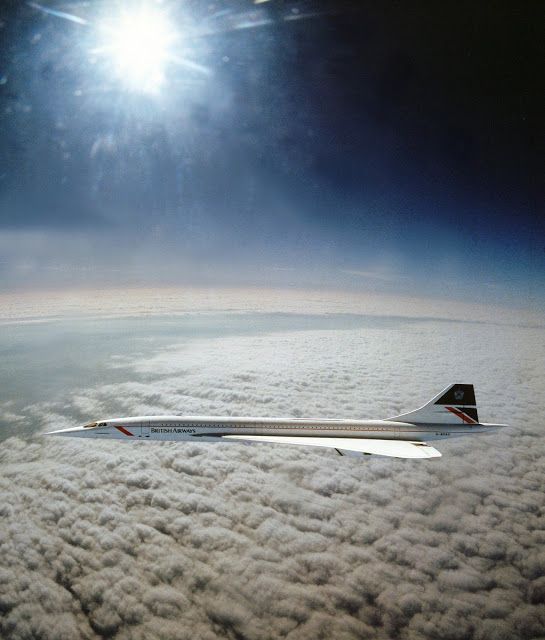 The only photo of a Concorde flying at Mach 2 taken by Adrian Meredith from an RAF Tornado attack fighter over the Irish Sea in April 1985.
The only photo of a Concorde flying at Mach 2 taken by Adrian Meredith from an RAF Tornado attack fighter over the Irish Sea in April 1985.
Feb 21, 2019
“Extreme Relic”–Merging Black Holes Illuminated
Posted by Genevieve Klien in categories: cosmology, materials
In the nearby Whirlpool galaxy and its companion galaxy, M51b, two supermassive black holes heat up and devour surrounding material. These two monsters should be the most luminous X-ray sources in sight, but a new study using observations from NASA’s NuSTAR (Nuclear Spectroscopic Telescope Array) mission shows that a much smaller object is competing with the two behemoths.
The most stunning features of the Whirlpool galaxy – officially known as M51a – are the two long, star-filled “arms” curling around the galactic center like ribbons. The much smaller M51b clings like a barnacle to the edge of the Whirlpool. Collectively known as M51, the two galaxies are merging.
At the center of each galaxy is a supermassive black hole millions of times more massive than the Sun. The galactic merger should push huge amounts of gas and dust into those black holes and into orbit around them. In turn, the intense gravity of the black holes should cause that orbiting material to heat up and radiate, forming bright disks around each that can outshine all the stars in their galaxies.
Continue reading “‘Extreme Relic’--Merging Black Holes Illuminated” »
Feb 21, 2019
Physicists get thousands of semiconductor nuclei to do ‘quantum dances’ in unison
Posted by Genevieve Klien in categories: computing, particle physics, quantum physics
A team of Cambridge researchers have found a way to control the sea of nuclei in semiconductor quantum dots so they can operate as a quantum memory device.
Quantum dots are crystals made up of thousands of atoms, and each of these atoms interacts magnetically with the trapped electron. If left alone to its own devices, this interaction of the electron with the nuclear spins, limits the usefulness of the electron as a quantum bit—a qubit.
Led by Professor Mete Atatüre, a Fellow at St John’s College, University of Cambridge, the research group, located at the Cavendish Laboratory, exploit the laws of quantum physics and optics to investigate computing, sensing or communication applications.
